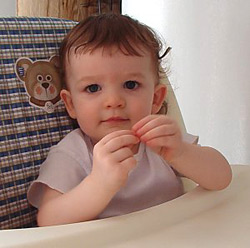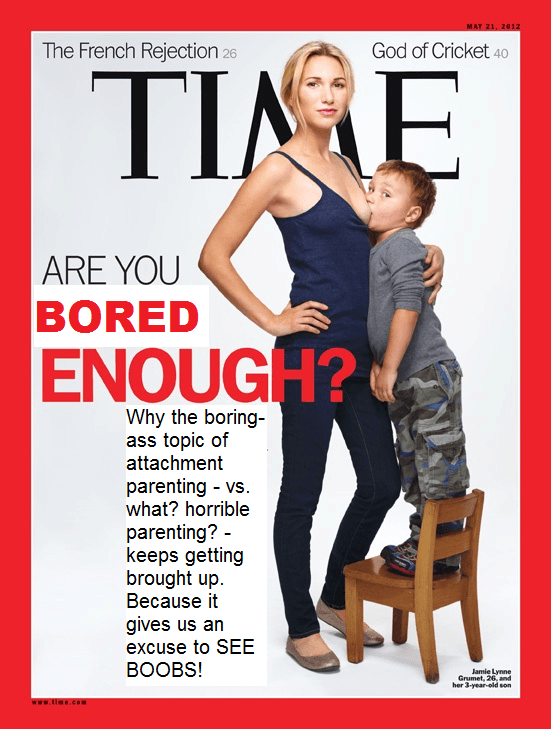Even if you are not familiar with the concept of baby signing, you already know that a baby’s motor skills and understanding develop much faster than their ability to speak. For example a 9-month old baby may discover how to wave or point at something they want long before they can say “Bye bye” or “Give me my toy!”
A little Background
The idea of teaching babies a vocabulary of signs was inspired by child development expert Joseph Garcia. He observed that hearing babies of deaf parents learned sign language easily, and appeared less demanding than other babies because they could express their thoughts and needs more easily. So why shouldn’t all babies enjoy the benefits of signing, too? If a baby can sign for what she wants instead of crying, everyone will be happier. Now there are a number of organizations run baby-signing classes in the United States and in other countries, and babies as young as 6 months old have been taught to “sign” successfully.

image from Momz.com
Benefits of Baby Signing
The first benefit is obvious– less frustration for babies who can’t express their needs, and less frustration for parents who don’t know how to comfort their crying baby. But there are other benefits, such as creating a closer bond between parent and child, as mom Sharon Mason explains on BabyCenter:
“Morgan has a vocabulary of about 30 words and he’s starting to string signs together. He comes and tells me if our dog is asleep (first fingers and forefingers of both hands pointing downward) or if he can hear an airplane (swooping his hand). It’s wonderful knowing what’s going on inside his head. I also love being able to talk to him even when he’s on the other side of the room. At playgroup the other day I noticed he was looking a bit panicky — I couldn’t reach him easily so I signed ‘I love you’ (hugging myself, looking at him), instead.”
Another benefit of baby signing is that it actually helps your child’s language development and vocabulary. Garcia points out that signing is about enhancing, not replacing language, and is useful in creating a link between the gesture and the word. And when your baby can sign back, communication becomes two-way. If, for example, she tells you she can hear a truck, you can respond, “Yes, I can hear the truck too. Look, there it is! Isn’t it loud?” You will probably end up spending more time talking to your child, which is one of the best ways of helping speech develop.
And babies and sign language says that American Sign Language is the third most used language in the United States! So, should your baby continue to learn American Sign Language past his 3rd year, he will have acquired a second!
How to Teach your Baby to Sign
There are a few different ways to go about it. The first is to make up your own signs- putting your hand to your mouth to say “food” or steering an imaginary wheel to say “car.” Garcia’s “Sign With Your Baby” program is based on American Sign Language. Another program called “Baby Signs” was created by psychologists Linda Acredolo and Susan Goodwyn, and uses a set of simple signs designed for babies.
More information:
Signing with your baby or toddler: How to communicate before your child can talk
Signing With Your Baby Trade tips and tricks with other parents
Sign2Me, expert Joseph Garcia’s Web site, offers an explanation of his signing program and information on local instructors and classes.
Baby Signs is the Web site for Baby Signs authors Linda Acredolo and Susan Goodwyn. The site offers information on their signing program as well as local instructors and classes.
Signing With Your Baby Web site features tips and information, a discussion group for signing parents, photos of babies using signs, and links to online signing dictionaries.
Michigan State University’s online American Sign Language (ASL) browser shows the signs for thousands of different words.
Here’s an adorable baby signing over 15 different words:




